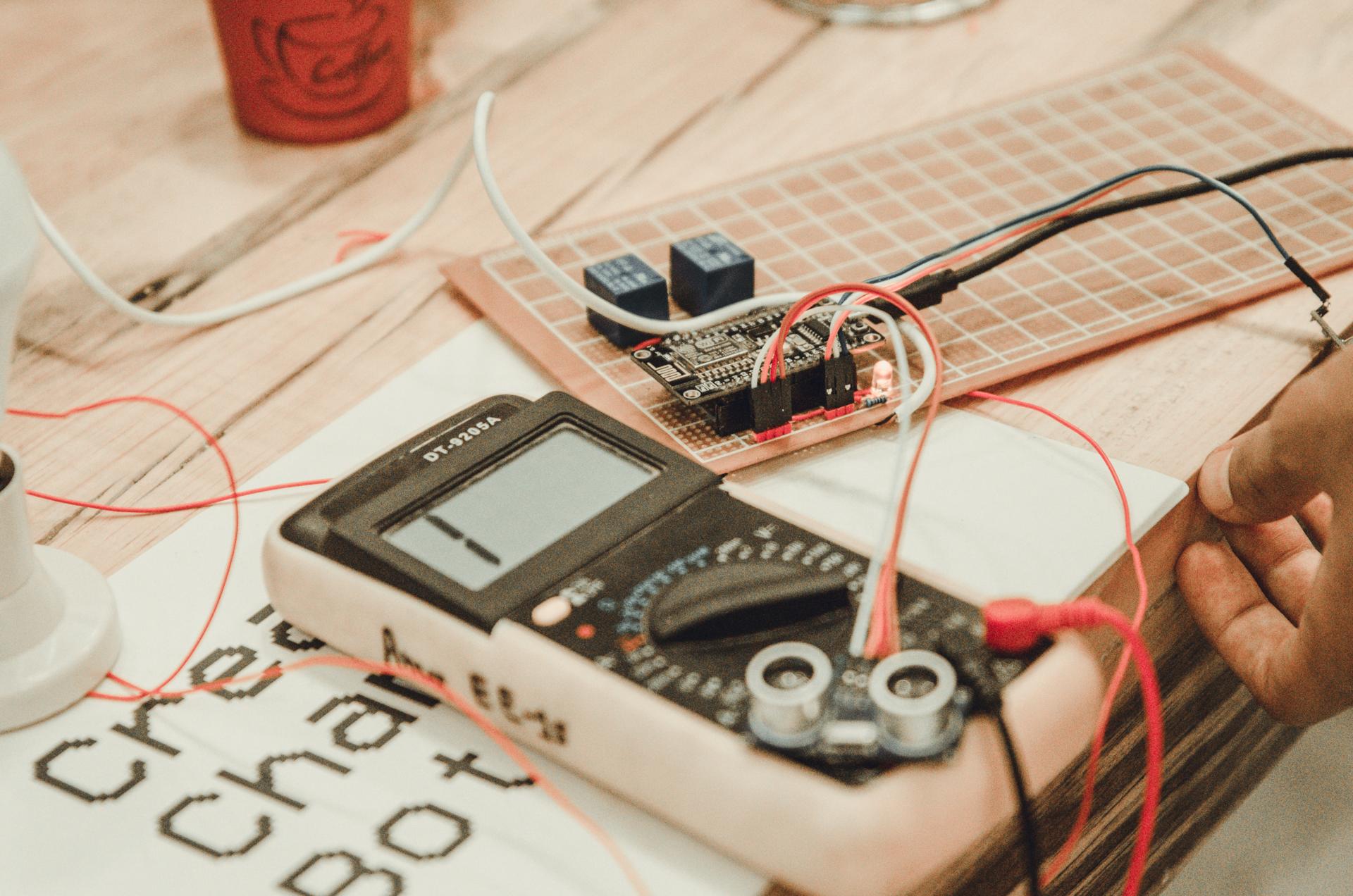Performing an Electric Security Test in Your Home: The Ultimate Guide

When it comes to home security, one of the most crucial aspects to be considered is electrical safety. Electrical safety testing is the process of evaluating the electrical system in your home to make sure that it’s safe and current. In this article we’ll give you an overview of what electrical safety testing are, the tools will be required for conducting them, the best method to perform the tests, and what warning signs to be on the lookout for.
What’s an Electrical Safety Test?
An electrical safety test is the process of inspecting the electrical system inside your home to verify that it is safe and working in a proper manner. The importance of electrical safety tests is as they help to prevent electrical accidents and fires as well as ensure the durability of your electrical system.
Tools Required to conduct an electrical Safety Test
For conducting an electrical safety check, you’ll need some essential equipment. These include a voltage tester as well as a continuity tester, a circuit tester, along with outlets tester. The voltage tester is used to look for live circuits while the continuity tester checks for damaged circuits. The circuit tester is used to detect wiring problems, and the outlet tester is used to detect wiring problems in the outlets. It is crucial to use the tools correctly in order to obtain exact results.
How do you conduct an electrical Safety Test
To conduct an electric safety check inside your home take these steps:
Switch off the power source on the circuit or circuits you’re conducting tests on.
Utilize this voltage tester to check whether there are live circuits.
Make use of the test for continuity to look the integrity of your circuit.
Utilize the circuit tester to test for electrical faults.
Utilize the tester for outlets to look for electrical problems within the outlets.
When testing make sure you look for any evidence of wear or damage on the wires that could indicate damaged or frayed wires, burn marks and loose wires. If you find any issues, it’s important to address the issues as soon as you can to prevent any potential dangers.
Signs of Electrical Problems to be Watchful For
There are several warning signs that could indicate electrical problems in your house. This includes flickering lights frequently tripping the circuit breaker noises that crackle or buzz emanating from outlets. They also include the appearance of outlets that are discolored or hot, and a burning smell. If you spot any of these warning indicators, you must act immediately to prevent possible electrical hazards.
Conclusion
Electrical safety tests are crucial for ensuring your safety and family. By conducting regular tests and fixing any issues quickly you will be able to prevent hazards to electrical equipment and extend the life of your electric system. If you need assistance in electrical repairs or testing Don’t hesitate to reach out to Local Electrician Doncaster. Our team of experts can provide you with expert guidance and assistance. Contact us via 1300 933 820 to schedule an appointment or request a quotation.
FAQ Section
When should I perform an electrical safety test at my home?
We recommend conducting electrical safety tests at least once per year.
Do I have the ability to conduct an electric safety check by myself or do I need a professional?
While you can perform the electrical test by yourself, it’s recommended to hire an expert to guarantee accurate results and prevent potential hazards.
Which are the top frequently encountered electrical problems that can be found during an electrical safety test?
The most frequently-repeated electrical issues discovered during a safety check include malfunctioning wiring, overloaded circuits, and outdated electrical systems.
What should I do if I discover a problem during the electrical safety test?
If you spot a problem in the electrical safety test It is crucial to take action immediately. This may involve getting an expert electrician to resolve the issue or replacing damaged equipment.
